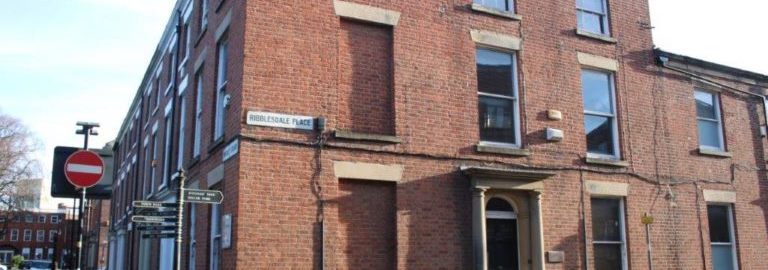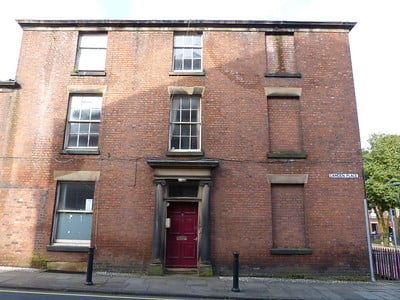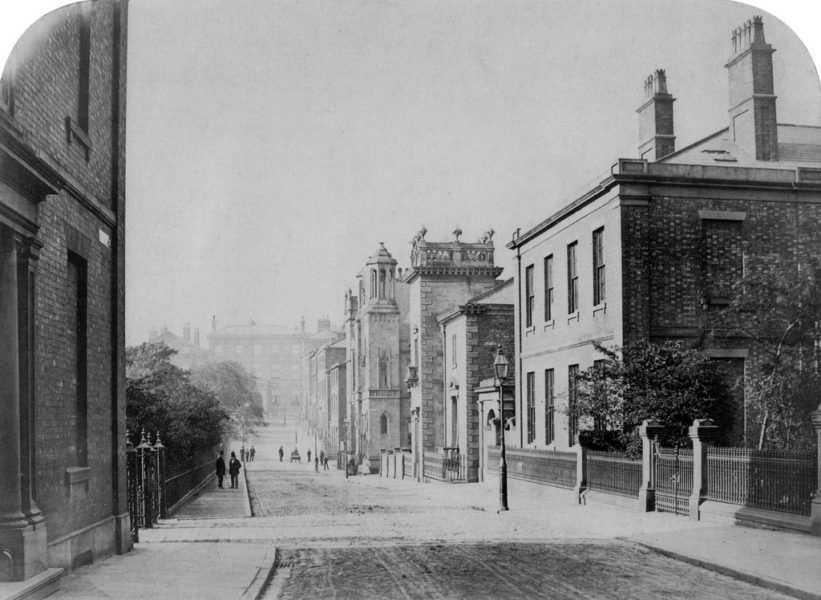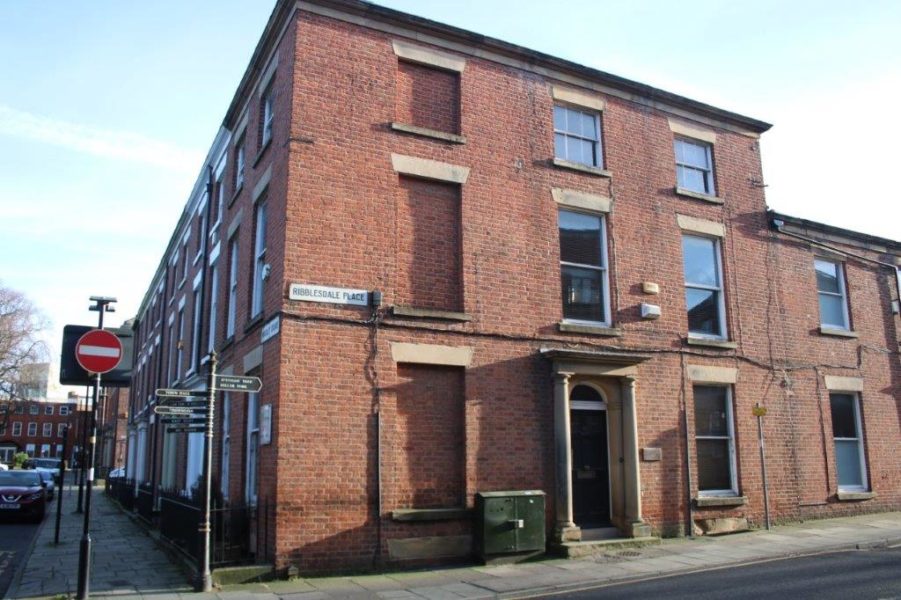
Window Tax

As you walk around Winckley Square you will see a number of houses which have ‘blind windows’. They are often called ‘bricked up’ windows. In fact many blind windows are not bricked up spaces replacing glass. They were never intended to have glass in them
Window Tax
Let’s try to cast some light on these windows (sorry, puns are such a pane).
Governments, National and Local, need to raise revenue. There was no income tax before 1799 when PM Pitt the Younger introduced it as a temporary measure to fight the Napoleonic wars. It was reintroduced by Peel in 1842. Prior to income tax the main sources of revenue were land and property.

The thing about property is you can’t hide it from the Revenue. England had a window tax from 1696. It was intended to be progressive so the more windows you had the more tax you paid. Rich people had large houses with many windows and poor people were in homes too small to be caught in the tax, but rich people are adept at avoiding tax. In 1797 Pitt tripled the tax. Immediately, large numbers of windows were bricked up. Such windows can accurately be described a ‘bricked up’.
The tax was modified over time and different thresholds for the minimum numbers needed to trigger tax were used. The response of many householders was to brick up just enough windows to fall below the threshold.
However, many buildings were planned in advance to have blind windows. This certainly saved on the tax but there were other considerations for the homeowners.
One was to achieve symmetry; so important for the Georgian style. This external symmetry might clash with how the homeowner wanted to use the property internally.

On Winckley Square we believe owners wanted to maximise the amount of glass overlooking the Square which contained their own gardens. They could show off their plants and the view to impress visitors.
The windows on the side streets however, showed an urban scene which might not be wanted (and facilitated poorer faces at the glass- peering in).
If the whole of the wall overlooking the gardens was given over to windows there was no place for fine furnishings or art works. The blind side windows gave the owner a full wall for display.
It’s not foolproof, but as a rule of thumb look to see whether the blind window has the exact same architectural elements, including lintels, sills and a ‘stepped back’ line in the brickwork which mimics the line the glass would have occupied. Check if the type of brick is the same and if the mortar lines are consistent with the main walls. If so, it suggests that the blind window was there from the outset and was not a quick fix to avoid tax.
There was great support for the abolition of the tax during the winter of 1850–51. Charles Dickens involved himself arguing “Neither air nor light have been free since the imposition of the window tax.” It was repealed on 24 July 1851, and a tax on inhabited houses substituted.
By Steve Harrison